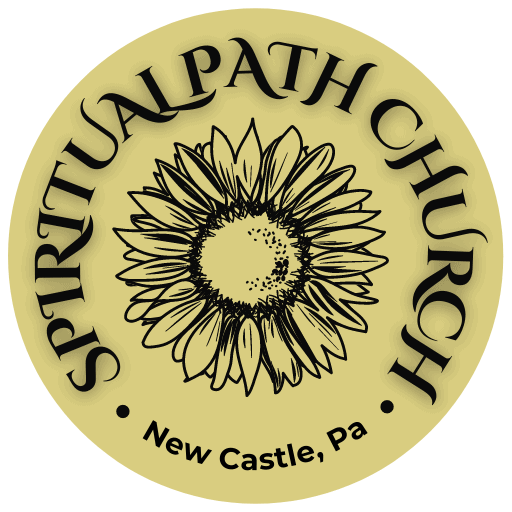 Clairvoyance is the ability to obtain information about an object, person or location through extrasensory perception. One form of clairvoyance is remote viewing or traveling clairvoyance. This is the ability to view locations from a distance. Psychics use remote viewing to gain information about places. Mediums are led by spirits to view distant locations as a means of confirming information for their clients.
Clairvoyance is the ability to obtain information about an object, person or location through extrasensory perception. One form of clairvoyance is remote viewing or traveling clairvoyance. This is the ability to view locations from a distance. Psychics use remote viewing to gain information about places. Mediums are led by spirits to view distant locations as a means of confirming information for their clients.
Clairvoyance was reportedly used by primitive shamans and medicine men. A case of spontaneous traveling clairvoyance happened to Apollonius of Tyana, a Greek philosopher who died in 100 AD. While lecturing in Ephesus, Turkey, he suddenly stopped and informed the class that the tyrant Domitian had been killed in Rome. In 1756, Emanuel Swedenborg, who resided in Gothenburg, Sweden, had a vision of a fire devastating Stockholm. The Great Stockholm Fire occurred in 1759, reducing about 20 blocks containing 300 houses to ash, and rendered about 2000 persons homeless.
The Didier Brothers, Alexis & Adolph, French clairvoyants who practiced in the mid-1800s, read closed books, recovered lost objects, and practiced traveling clairvoyance. President Pierre Seguier of France witnessed their abilities. Alexis described Seguier’s room and mentioned that there was a bell on the table. The President was unsure about the bell, but when he arrived home, found it had been placed on the table while he was away. In 1847, at the request of Marquise de Mirville, magician Jean Eugene Robert-Houdin, paid two visits to the Didier brothers. He tested them and confirmed their abilities.
Both Andrew Jackson Davis, 19th Century Spiritualist, and Edgar Cayce, 20th Century Clairvoyant, used traveling clairvoyance to diagnose their clients’ health. Jackson said he was guided by the ancient Greek physician, Galen. Considered by some to be the father of modern holistic medicine, Edgar Cayce’s readings created a detailed set of spiritual principles, healthful tonics, beneficial oils, and rejuvenating remedies.
During the 1970s, the U.S. government funded a project at Stanford Research Institute, to study remote viewing. Harold Puthoff and Russell Targ conducted a series of studies to determine whether participants could identify and describe the features of remote locations. Their first publication in Nature, March 1974 reported some degree of remote viewing success. David Marks and Richard Kammann were unable to duplicate their results and believed Puthoff and Targ may have inadvertently given clues to their subjects. The government study was cancelled in the 1990s.
As a technique used by mediums, traveling clairvoyance is a more advanced technique than reading spirit messages. It must be perfected with diligence and practice. Some people may be more naturally gifted at the practice than others, but it is possible for most to learn.
